Specifically designed to help candidates revise for the MRCS exam, this two-volume pack features 350 Single Best Answer multiple choice questions, and 250 Extended Matching Questions, divided into 96 themes, covering the whole syllabus. Containing everything candidates need to pass the MRCS Part A, the pack focuses intensively on the application of basic sciences (applied surgical anatomy, physiology, and pathology) to the management of surgical patients. The high level of detail included within the questions and their explanations allows effective self-assessment of knowledge and quick identification of key areas requiring further attention. Varying approaches to Single Best Answer multiple choice questions are used, giving effective exam practice and guidance through revision and exam technique. This includes clinical case questions, positively-worded questions, requiring selection of the most appropriate of relatively correct answers; ‘two-step’ or ‘double-jump’ questions, requiring several cognitive steps to arrive at the correct answer; as well as factual recall questions, prompting basic recall of facts.
Related products
-
COVID – 19 VACCINES A Comprehensive Overview
₹1,595.00We are amid a pandemic that continues to smoulder almost everywhere with raging fire off and on at different places. It has not only devastated hundreds of thousands of families who lost someone to the virus and affected over 300 million people directly, it has affected all 7.9 billion of us in some way or other. At the same time, humanity has risen well to the pandemic challenges. It was realized very early during the current outbreal that safe and effcacious vaccines would be crucial in tackling the pandemic. The unprecedented global collaboration among all stakeholders: Scientists, pharmaceutical industry, funding agencies and Governments demonstrated what a global will could do: hundreds of vaccine candidates developed, and vaccine deployment started within 12 months of isolation of new virus something that takes over a decade otherwise.
-
Clinics in Surgery – Revised & Updates Second Edition
₹775.00Includes Long and Short cases, Instruments, X-ray and Specimens commonly kept in Undergraduate and Post graduate exams. – Step by step methodology of History taking,and Examination of each case. – Model case presentation of each case. – Algorythmic approach for Diagnosis, Investigation and Treatment of each case. WHAT’S NEW IN THIS EDITION – – Each case is divided in to three sections – Principles of history taking, Model case presentation and discussion about common surgical pathologies related to that case. It is for better understanding of the topic and last minute reading of a specific section for an exam. – Clinical demonstration of various tests pertaining to that case. – Recent advances in management of a particular surgical pathologies. – Multiple photographs in all the sections for better visual understanding of the disease and different topics. – Addition of new topics in sections of instruments and X-rays.
-
Dermatological Diseases A Practical Approach 3/Ed. – Revised & Updated
₹1,595.00Dermatology has grown much since the release of the second edition, with several advances in different fields suchh as lasers, biologics, drug therapy, dermoscopy. But the most notable change has been the change in profile, with emphasis on procedural dermatology and visibility on social media. The new 3 rd Edition reflects these changes and is therefore a thoroughly revised edition. Several new images have been added to make it more illustrative. However, the emphasis on clarity in a reader- friendly manner. Therefore the emphasis on text boxes, schematic diagrams, and flow charts continues. A new addition is the list of suggested reading, MCQs and case reports for each chapter. The Following quote form previous edition is still relevant: Writing of a book is like sawing a saw- it sharpens the mind and freshens the knowledge and is thus a process that gives immense satisfaction and joy. This satisfaction and joy will be greater if the readers too find it a valuable tool to enhance their knowledge.
-
CARDIAC MRI Simplified CONCISE GUIDE
₹625.00Who Will benefit from this book? * Genuine interest in cardiovascular imaging * International certification exams * Enhancing skills in interpretations of cardiac MR Why this format? * Salient points, easier and faster to read. * Questions-answer approach for better understanding of topic. * Short and well contained guide. What are the highlights of the book? * Comprehensive coverage of all topics * Appropriate illustrations * Inclusion of recent advances
-
EMG Simplified
₹3,250.00ABOUT THE BOOK – A concise book for practical Electroneuromyography What is it for? Electrodiagnosticians Neurology trainees Neurology practitioners Orthopedic and hand surgeons Physicians Technologists COVERS Technical as well as neurological aspects Troubleshooting paradigms Approach based on presenting symptoms Disease based discussions Considerations about the common and the uncommon Case Studies
-
Current Progress in Obstetrics and Gynecology – Volume 5
₹1,225.00In its 5th Volume the now CLASSIC comes with a value addition in the form of Multiple Choice Questions, which would highly beneficial to one and all. The Editors have gathered an ensemble of acclaimed clinicians giving an insight to various key aspect in Obstetrics and Gynaecology.
-
Current Progress In Obstetrics & Gynaceology – Volume 6
₹1,225.00Volume 6 of Current Progress in Obstetrics and Gynaecology has been complied during the most challenging time of the Covid – 19 pandemic. In spite of the challenges that all of us have faced thrughout the world, the editors are delighted to produce a state-of-the-art volume on many of the important challenges in contemporary obstetrics and gyaecology. The first part of this volume addresses a spectrum of gynaecologic topics, including infertility, the special challenges of female athletes, early ovarian aging, diagnosis and management of adnexal masses, endoscopic surgery, minimising blood loss in surgery and diagnosing and managing gynaecologic complications. The second part of this volume deals with myriad of obstetric topics, including epigenetics, the hormonal transition int motherhood, maternal infections leading to congenital defects, the important of multidisciplinary care in managing foetal anomalies, the evolving antenatal management of congenital diaphragmatic hernia, the current approach to antepartum haemorrhage and the important role of ultrasound in the management of labour and delivery. The volume closes with the relevance of professional ethics to the clinical practice of obstetrics and gynaecology. The editors are grateful to all of the authors who have given their expertise selflessly at this difficult time and enabled this volume to improve the care of obstetric and gynaecologic patients throughout the world.

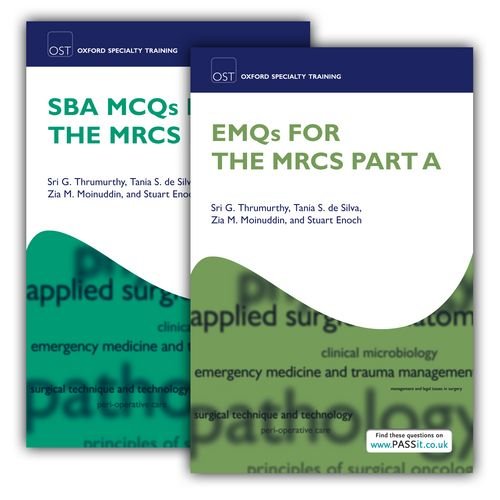
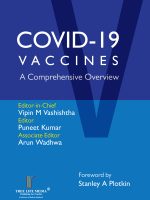
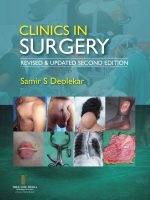
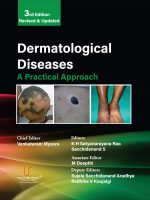
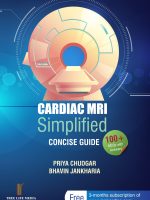
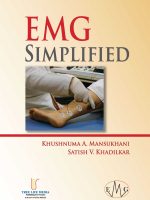
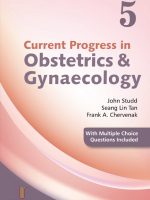
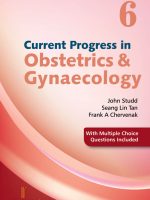

Be the first to review “SBA MCQs and EMQs for the MRCS Part A Pack: 2 (Oxford Specialty Training: Revision Texts)”